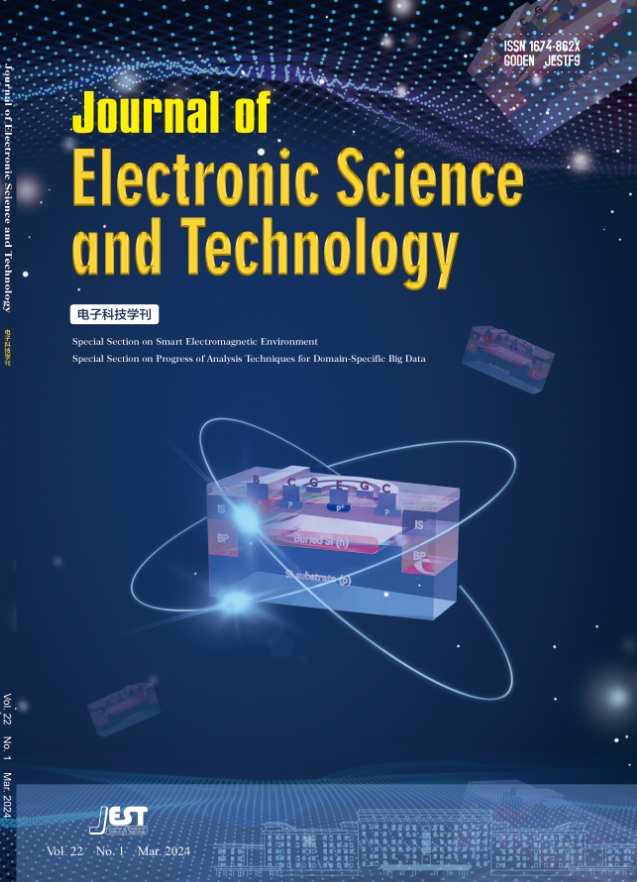
电子科技学刊(英文版)(Journal of Electronic Science and Technology) 万方维普知网目次
- CSCD
- EI(中国2024)
- 主管单位:
中华人民共和国教育部
- 主办单位:
电子科技大学
- 国际刊号:
1674-862X;E-ISSN 2666-223X
- 国内刊号:
51-1724/TN
- 学科分类:
- 字数:
16000-40000
- 有无基金:
/有基金 100.0%
- 周期:
CN外文-季刊
- 特殊属性:
外文期刊
- 电话:
028-83200199(202401期)
- 邮箱:
journal@uestc.edu.cn(202401期)
- 复合因子:
0.373
- 综合因子:
0.179
- 收录:
万方,维普,知网目次
- 级别:
CSCD,EI(中国2024)
期刊简介
《电子科技学刊》期刊已被查看: 次
更新频次
单位占比
一作占比
/有基金-100.0%投稿指南
1、投稿方式:在线投稿。
2、刊内网址:http://www.journal.uestc.edu.cn/
https://www.keaipublishing.com/en/journals/journal-of-electronic-science-and-technology/
投稿系统:
https://www.editorialmanager.com/jnlest
3、刊内邮箱:journal@uestc.edu.cn
4、刊内电话:028-83200199
5、出刊日期:季刊,逢季末月出版。
2024年5月13日星期一
《电子科技学刊(英文版)》投稿须知
【2022年02期信息】
Journal of Electronic Science and Technology
Information for Authors
Journal of Electronic Science and Technology (JEST) is published quarterly. All original contributions are welcomed which relate advances or state-of-the-art achievements in electronic science and technology, including communications systems and networks, signal processing, information and image processing, circuits and systems, microelectronics, electronic devices and materials, computer science, microwave technology, physical electronics, optoelectronics, mechatronics, control and automation, electronics with life science, and new applications of electronics.
Submission: Submission of a manuscript amounts to assurance that it has not been copyrighted, published or accepted for publication elsewhere, that it is not currently being considered for publication elsewhere, and that it will not be submitted elsewhere while under consideration. Manuscripts should be specially prepared for publication in this Journal and submitted electronically by e-mail to journal@uestc.edu.cn. To ensure rapid communication, authors should include full post address, telephone and e-mail address. Authors should allow approximately 8 weeks for the initial review cycle. The acceptable manuscripts should be prepared in MS Word using the JESTC template, available at: http://www.journal.uestc.edu.cn or https://www.keaipublishing.com/en/journals/journal-of-electronic-science-and- technology/guide-for-authors/#6.
Full manuscript: A complete manuscript must include title; names of authors and their complete contact information; abstract; keywords, text; all images, figures and tables; references; and brief introduction to all authors. Every manuscript must (a) provide a clearly defined statement of the problem being addressed, (b) state why it is important to solve the problem, and (c) give author’s original and significant contributions to the problem. Figures and tables: Each figure and table should have a caption to concisely and intelligibly illustrate the contents of it.
Figures/tables may be worked into the text or placed at the end of the manuscript. To conserve space in the publication, most figures/tables are reduced to single-column width if possible. This may result in as much as a 4:1 reduction from the original. Therefore, figures/tables should be kept to a minimum in original and be easily viewed on published pages. In the finalized sizes of figures/tables, authors are advised to make sure that:
References: All references should be to archived material such as journal articles, books, and conference proceedings. Web pages should not be referenced, since their content and accessibility may change over time. Personal communications and unpublished data are not acceptable references. The references published in Chinese must be translated into English and noted by “(in Chinese)”. References require a complete author list, a complete title, and first and last pages cited for each entry. The standard reference format and examples are given below.
(Book style)
[1] A. Cichocki and R. Unbehaven, Neural Networks for Optimization and Signal Processing, 1st ed. Chichester, U.K.: Wiley, 1993, ch. 2, pp. 45-47.
[2] W.-K. Chen, Linear Networks and Systems, Belmont, CA: Wadsworth, 1993, pp. 123-135.
[3] H. Poor, An Introduction to Signal Detection and Estimation; New York: Springer-Verlag, 1985, ch. 4.
(Book style with paper title and editor)
[4] R. A. Scholtz, “The Spread Spectrum Concept,” in Multiple Access, N. Abramson, Ed. Piscataway, NJ: IEEE Press, 1993, ch. 3, pp. 121-123.
[5] G. O. Young, “Synthetic structure of industrial plastics,” in Plastics, 2nd ed. vol. 3, J. Peters, Ed. New York: McGraw-Hill, 1964, pp. 15-64.
(Periodical style)
[6] S. Chen, B. Mulgrew, and P. M. Grant, “A clustering technique for digital communications channel equalization using radial basis function networks,” IEEE Trans. on Neural Networks, vol. 4, pp. 570-578, July 1993.
[7] J. U. Duncombe, “Infrared navigation—Part I: An assessment of feasibility,” IEEE Trans. Electron Devices, vol. ED-11, pp. 34-39, Jan. 1959.
[8] C. Y. Lin, M. Wu, J. A. Bloom, I. J. Cox, and M. Miller, “Rotation, scale, and translation resilient public watermarking for images,” IEEE Trans. Image Process., vol. 10, no. 5, pp. 767-782, May 2001.
(Published Conference Proceedings style)
[9] S. P. Bingulac, “On the compatibility of adaptive controllers,” in Proc. 4th Annu. Allerton Conf. Circuits and Systems Theory, New York, 1994, pp. 8-16.
[10] W. D. Doyle, “Magnetization reversal in films with biaxial anisotropy,” in Proc. 1987 INTERMAG Conf., 1987, pp. 2.2-1-2.2-6.
(Presented Conference Paper style)
[11] G. W. Juette and L. E. Zeffanella, “Radio noise currents n short sections on bundle conductors,” presented at the IEEE Summer Power Meeting, Dallas, TX, June 22-27, 1990.
(Thesis or Dissertation style)
[12] J. Williams, “Narrow-band analyzer,” Ph.D. dissertation, Dept. Elect. Eng., Harvard Univ., Cambridge, MA, 1993.
[13] N. Kawasaki, “Parametric study of thermal and chemical nonequilibrium nozzle flow,” M.S. thesis, Dept. Electron. Eng., Osaka Univ., Osaka, Japan, 1993.
(Patent style)
[14] J. P. Wilkinson, “Nonlinear resonant circuit devices,” U.S. Patent 3 624 12, July 16, 1990.
(Standards style)
[15] Letter Symbols for Quantities, ANSI Standard Y10.5-1968.
(Handbook style)
[16] Transmission Systems for Communications, 3rd ed., Western Electric Co., Winston-Salem, NC, 1985, pp. 44–60.
[17] Motorola Semiconductor Data Manual, Motorola Semiconductor Products Inc., Phoenix, AZ, 1989
上一篇:光电进展(英文)(Opto-Electronic Advances)下一篇:法音(英文)(The Voice of Dharma)
《电子科技学刊》同类无线电|电信技术期刊
-
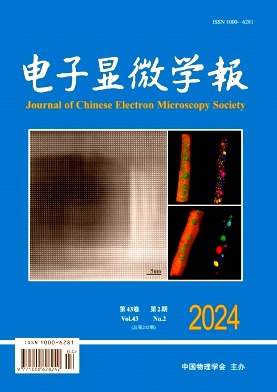
电子显微学报
北核,科核,CSCD扩,武A-
CN中文-双月刊影响因子1.236
-
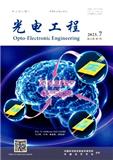
光电工程
北核,CSCD,科核,武A,高T3
CN中文-月刊影响因子2.323
-
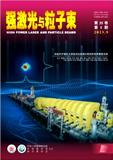
强激光与粒子束
北核,CSCD,科核,武A+,高T2,高T3
CN中文-月刊影响因子0.903
-
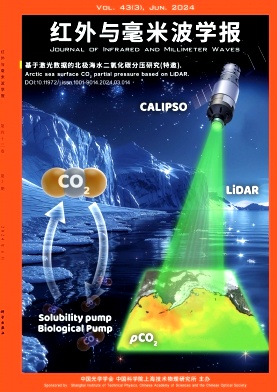
红外与毫米波学报
北核,CSCD,科核,武A,高T3,EI(中国2024)
CN中文-双月刊影响因子1.141
-
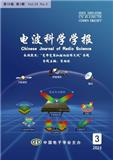
电波科学学报
北核,科核,CSCD扩,武B+
CN中文-双月刊影响因子0.954
-
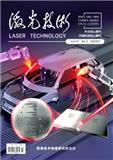
激光技术
北核,科核,CSCD扩,武A,高T3
CN中文-双月刊影响因子1.736
-
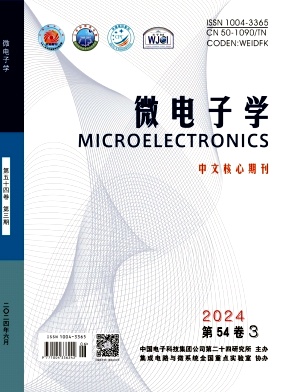
微电子学
北核,科核,武B+,CACJ-入库
CN中文-双月刊影响因子0.646
-
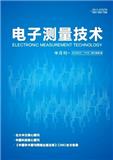
电子测量技术
北核,科核,武A-,高T3
CN中文-半月刊影响因子1.313
常见问题
-
电子科技学刊杂志社官网、联系方式是什么?
电子科技学刊杂志社官网:http://www.journal.uestc.edu.cn/
投稿网址:https://www.editorialmanager.com/jnlest联系电话:028-83200199(202401期)
投稿邮箱:journal@uestc.edu.cn(202401期) -
电子科技学刊杂志是核心期刊么?
电子科技学刊是核心期刊,级别是:CSCD,EI(中国2024), 是:无线电|电信技术分类下的万方,维普,知网目次收录的期刊。
-
请问你们是电子科技学刊杂志社吗?
我们不是《电子科技学刊》杂志社。本站主要从事期刊信息展示与期刊推荐,不是任何杂志官网,直投稿件请联系杂志社。本站仅提供免费的学术指导、论文辅导、期刊投稿信息整理收集服务。
-
你们指导服务后可以保证文章被发表吗?
期刊发表的成功与否,主要取决于文章内容的质量。编辑老师会根据研究领域、创新性等多因素进行考量。我们会帮助您理解期刊的发表要求,助力提升发表几率,从而增加发表的机会。
-
晋级论文能否在报纸上发表?
在学术界,论文的发表往往被视为研究者职业发展的重要一环。晋级论文,即为了获得更高职称或学术地位而撰写的学术论文,通常需在专业期刊上发表。然而,许多人可能会问
